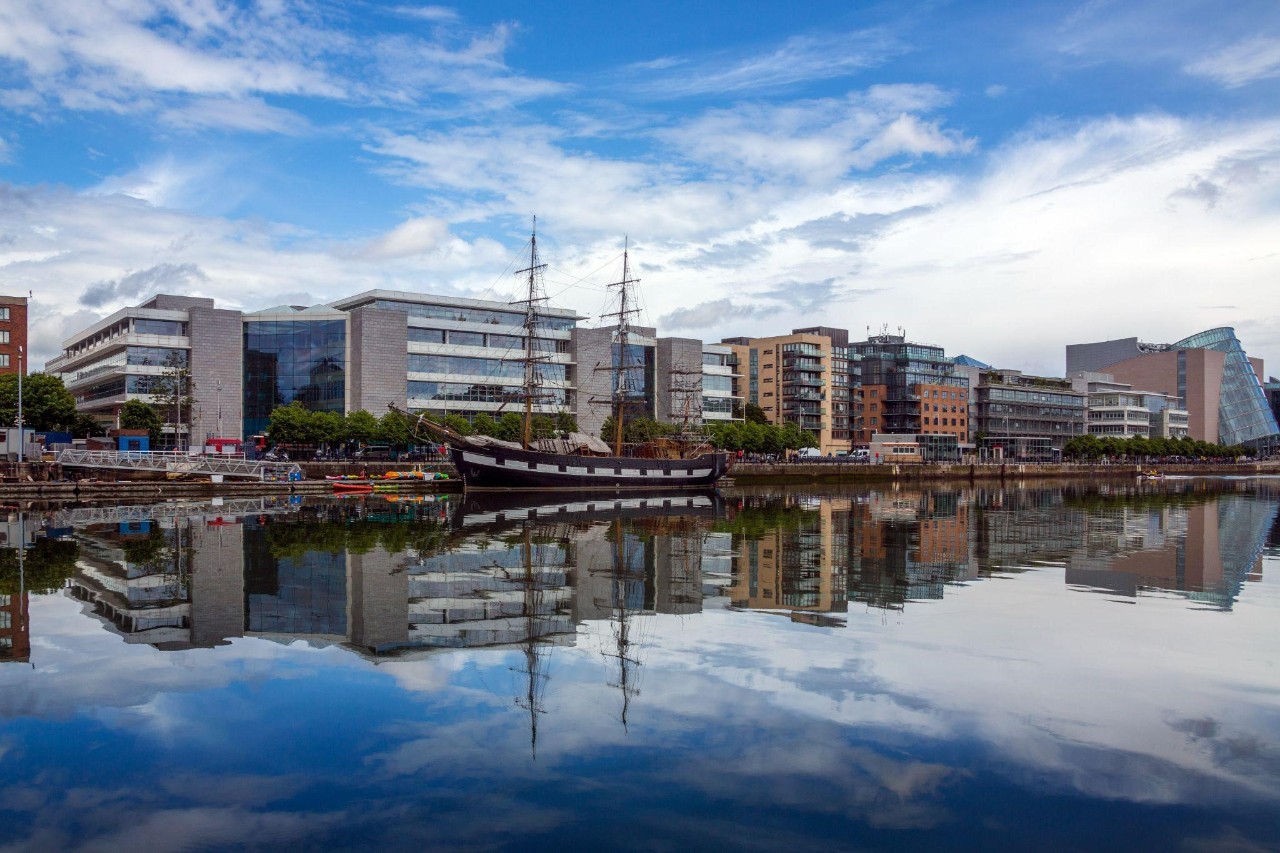Ireland’s Climate
Ireland’s climate varies greatly depending on where you are, but generally speaking, there are two distinct seasons—summer and winter. During the summer months, temperatures can range from mild to cool and rarely exceed 70F (21C). The winter weather is more unpredictable with snow not uncommon in some areas. If you’re looking for warmer temperatures and fewer crowds, the best time to visit Ireland is usually between May and September.
The summer months bring a host of activities, events and festivals that celebrate Irish culture. The Galway Arts Festival in July, for example, celebrates the best of Irish art, music, literature and street theatre. If you’re looking for an active holiday there are plenty of outdoor pursuits to choose from, as well as some of the world’s best golf courses.
The cooler winter months are just as exciting with a range of outdoor activities and cultural events. You can ski in the mountains, explore seaside villages or warm up by a cosy Irish pub fire. With fewer crowds and exceptional value for money, the winter is a great time to explore Ireland.
Advantages of travelling during peak season (June through early September)
- Longer days with more hours of daylight for sightseeing and outdoor activities
- An abundance of cultural events, festivals and celebrations
- Warmer temperatures are ideal for beach holidays and exploring the countryside
Disadvantages of peak season
- More expensive airfare and accommodation during peak times
- Limited availability at popular attractions, campsites, hotels and restaurants
- The higher likelihood of rain, especially in the west of Ireland
Advantages of travelling during the winter season (November through March)
- Lower accommodation rates in most cities and towns
- Fewer crowds, meaning you can see more sights without having to battle the rush
- Prestigious cultural events such as Dublin's New Year's Eve Festival and Galway's midwinter music festival: Ireland has a range of winter festivals and events to enjoy. Dublin hosts an unforgettable New Year’s Eve Festival with live music, fireworks, street performances and art installations. The Galway midwinter festival celebrates traditional Irish culture with storytelling, folk dance and music. Cork City's Winterval brings the city alive in December with a mix of multicultural markets, snow-filled fun fair rides, Christmas carols and stage shows.
Advantages of travelling during the off-season (October through May)
- Lower prices on accommodation, food and transportation
- Fewer crowds for a more relaxed and intimate experience
- Winter activities such as skiing, snowboarding and ice skating
The shoulder season (April, May and October) is the perfect time to visit Ireland. The weather is mild, but there are still plenty of outdoor activities for travellers to enjoy. You can explore some of the country's world-famous attractions such as the Giant’s Causeway, Blarney Castle or the Cliffs of Moher without the summertime crowds. Hiking, cycling and golfing are also popular activities during this period of the year. Best of all, accommodation rates are lower and you can find great deals on flights too.
Best Time to Visit Based on Your Interests
How to plan a trip to Ireland?
When planning a trip to Ireland, it’s important to consider your individual preferences and budget. To help with the decision-making process, make sure you research popular attractions, accommodation options and available activities at each destination. Also take into account the weather conditions throughout the year, as this can affect your experience. Finally, if possible try to book in advance to get the best deals on flights and accommodation.
Ultimately, the best time to visit Ireland depends on what type of holiday experience you’re after. If you’re looking for warm weather and plenty of outdoor activities then summertime (June-August) is the ideal choice. Alternatively, if you prefer cooler temperatures, fewer crowds and lower prices then winter (November-March) could be more suitable. Finally, if you want to avoid the high prices and large crowds of peak season but still enjoy mild temperatures and some outdoor activities then shoulder season (April-May & October) is a great option.
If you’re looking for the perfect place to explore and create memories that will last a lifetime, then Ireland is the ideal destination. With its stunning scenery, friendly people and vibrant culture there is something to suit everyone. Whether you’re after a summer getaway filled with outdoor adventures or a winter escape surrounded by snow-filled landscapes, Ireland has something to offer at any time of year. So why not start planning your trip today?
